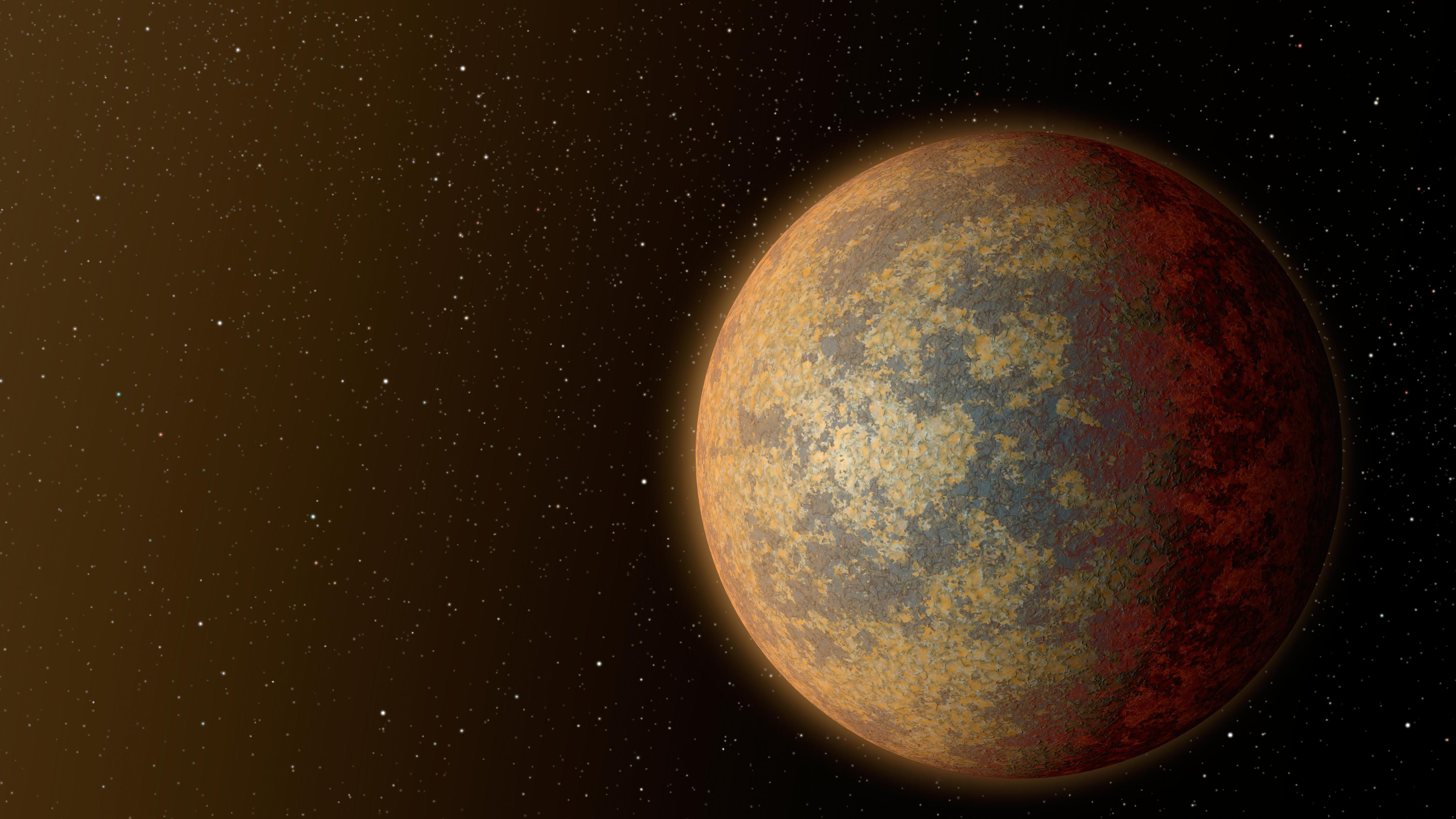 This artist’s illustration depicts the rocky super Earth HD 219134, which orbits a K-type star. Unlike our Sun, which is a G-type star, K-type stars emit light differently. This raises an intriguing question: can Earth plants photosynthesize effectively under the illumination of these stars?
This artist’s illustration depicts the rocky super Earth HD 219134, which orbits a K-type star. Unlike our Sun, which is a G-type star, K-type stars emit light differently. This raises an intriguing question: can Earth plants photosynthesize effectively under the illumination of these stars?
Photosynthesis has played a transformative role on Earth. The emergence of photosynthetic organisms led to the Great Oxygenation Event, a pivotal moment in our planet’s history that enabled the evolution of multicellular life and the formation of the ozone layer. This protective layer allowed life to flourish on land, shielding it from the Sun’s harmful ultraviolet radiation.
However, the photosynthetic organisms we know have evolved under the specific light conditions provided by our Sun, a typical G-type star. This raises an important question for astrobiologists: how would these organisms fare under the light of other types of stars?
Our Sun is classified as a G-type star, often referred to as a yellow dwarf. While it might seem ordinary to us, yellow dwarfs are relatively rare in the Milky Way galaxy, comprising only about 7% to 8% of all stars. To assess the potential for life on exoplanets, researchers must also consider the more abundant types of stars, particularly K-dwarf stars.
K-dwarf stars are considered by some scientists to be ideal hosts for habitable exoplanets. These stars have masses ranging from approximately 50% to 80% that of G-type stars and boast stable luminosities that can last for billions of years longer than those of Sun-like stars. While our Sun is expected to maintain stability for about 10 billion years, K-type stars can remain stable for up to an impressive 70 billion years. This longevity makes them intriguing candidates for fostering life.
Despite their potential, much of the current research into exoplanet habitability has focused on M-dwarfs, or red dwarfs. However, these stars may be less hospitable due to issues such as stellar flaring and tidal locking, which can create harsh conditions for potential life forms.
In a recent study, a team of researchers sought to explore how well photosynthetic organisms would perform under the light conditions of a K-dwarf star. The study, titled “Observation of significant photosynthesis in garden cress and cyanobacteria under simulated illumination from a K dwarf star,” was published in the International Journal of Astrobiology. The lead author, Iva Vilovi?, is a PhD student in the Astrobiology Research Group at the Technical University of Berlin.
The researchers simulated the light output of a K-dwarf star and cultivated two different photosynthetic organisms to observe their responses. The first organism, garden cress (Lepidium sativum), is a widely recognized garden plant commonly used in salads, soups, and sandwiches. Known for its adaptability and rapid growth, garden cress is an excellent candidate for such studies.
The second organism, Chroococcidiopsis, is a type of cyanobacterium recognized for its extremophilic properties. This organism is known to thrive in harsh environments, making it particularly interesting for astrobiological research.
In their experiments, the researchers measured the photosynthetic activity of both garden cress and Chroococcidiopsis under the simulated light conditions of a K-dwarf star. They found that both organisms exhibited significant photosynthesis, suggesting that plants and cyanobacteria could potentially thrive in environments orbiting K-type stars.
The findings of this study have important implications for our understanding of life beyond Earth. If photosynthetic organisms can adapt to the different light spectra emitted by K-dwarf stars, it opens up new possibilities for the habitability of exoplanets within these star systems.
Furthermore, this research underscores the need for a broader exploration of various stellar environments when assessing the potential for life on exoplanets. As scientists continue to search for habitable worlds beyond our solar system, understanding how life might adapt to different stellar conditions will be crucial.
The implications of this research extend beyond just the potential for life on exoplanets. It also raises questions about the adaptability of Earth’s own flora and fauna in the face of changing environmental conditions. Understanding how organisms respond to different light conditions can provide insights into their resilience and adaptability.
As the field of astrobiology continues to evolve, studies like this one will play an essential role in shaping our understanding of the potential for life in the universe. By exploring how photosynthetic organisms respond to the light of K-dwarf stars, researchers are taking significant steps toward unraveling the mysteries of life beyond our planet.
In conclusion, the study of how plants and photosynthetic organisms might grow under different stellar conditions is a fascinating area of research with far-reaching implications. As we look to the stars and consider the possibilities of life beyond Earth, understanding the adaptability of life forms will be key to discovering new worlds that could harbor life.





